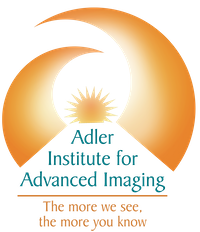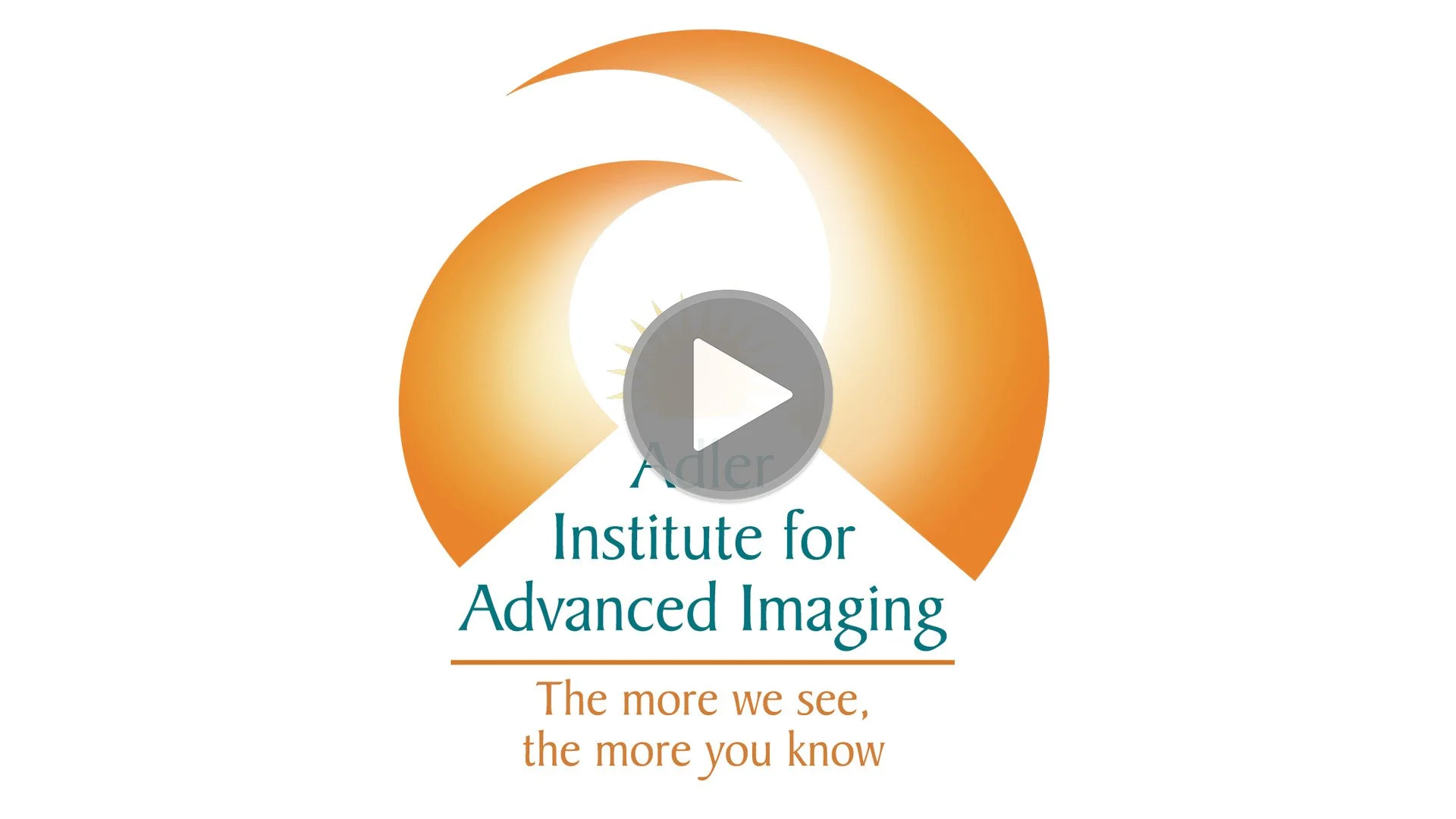Use of PET/CT in Heart Disease
Coronary Artery Disease (CAD), a major cause of death for both women and men in the United States, is a condition where plaque -- an accumulation of fat, cholesterol, calcium and other substances -- builds up inside the coronary arteries that supply the heart with oxygen-rich blood. This condition is known as atherosclerosis (ATH-er-o-skler-O-sis).
Plaque in the coronary arteries reduces blood flow to the heart and also increases the likelihood of blood clots, which can partially or completely block blood flow and result in angina (chest pain) or a heart attack. Angina is the pain that results when your heart-muscle is not getting a sufficient supply of blood. It may be experienced as pain, discomfort, pressure or a squeezing sensation – and you may feel it in the chest, back, shoulders, arms, neck and/or jaw. Immediate attention should be sought anytime these symptoms occur.
Over time, CAD can weaken the heart muscle and lead to arrythmia (rapid or uneven heartbeat) or heart failure (the inability of your heart to pump blood throughout your body). If blood flow to the heart muscle is completely blocked, a heart attack occurs and heart muscle tissue dies. Immediate treatment is needed to prevent serious problems or death.
CAD can also lead to stroke; A stroke or "brain attack" occurs when a blood clot blocks an artery or a blood vessel breaks, interrupting blood flow to an area of the brain. When either of these things happen, brain cells begin to die and brain damage occurs. Once brain cells have died, the functions controlled by that area of the brain are lost. These abilities include speech, movement and memory. The severity of the damage depends on where the stroke occurs and the amount of damage that takes place.
PET/CT provides the most accurate images of blood flow in the heart and are the best tools physicians have to assess CAD and direct management of heart disease. PET/CT is considered the medical “gold standard” in enabling a physician to determine the extent of permanent damage to heart tissue. PET/CT scans are especially important in obtaining accurate cardiac imaging for obese patients, large-breasted women, and diabetic patients.
If caught early, treatment for CAD can be non-invasive, involving lifestyle changes such as diet or exercise often in combination with prescription drugs. Invasive techniques are required for more serious cases, and may involve stents, bypass surgery, or even heart transplant.



